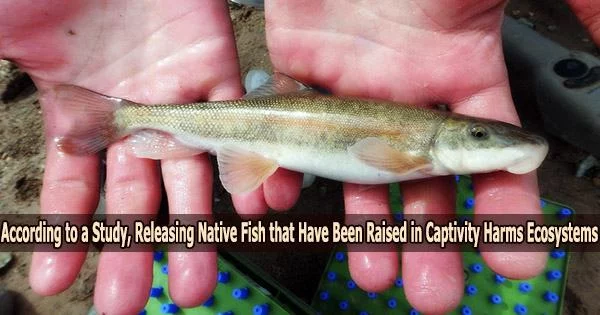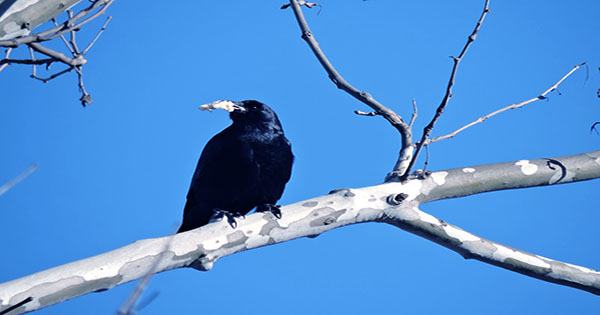Captive-bred native fish refer to fish species that have been bred and raised in captivity for conservation, research, or commercial purposes. These fish are bred in controlled environments such as fish farms, hatcheries, or aquariums, and are often used to supplement wild populations or to provide a sustainable source of fish for the aquarium trade.
According to a recent study published in the Proceedings of the National Academy of Sciences, massive fish releases impair ecosystems as a whole while providing little benefit and doing some harm to the species they are intended to support.
Fisheries and resource managers have grown native fish in captivity for more than a century before mass-releasing them into the wild. It’s a popular method for supporting commercially important or threatened populations: More than 2 billion captive-bred Pacific salmon were released in the U.S. in 2016 alone.
Unfortunately, the 150-year-old practice may be doing more harm than good, say researchers at UNC Greensboro, Hokkaido Research Organization, Hokkaido University, and the National Institute of Polar Research in Japan.
UNCG freshwater ecologist Dr. Akira Terui, who led the study and whose research focuses on community ecology, was not surprised by his team’s results.
The U.S. Fish and Wildlife Service is currently spending hundreds of millions of dollars a year on fish hatcheries. Natural resource managers need to be considering alternate priorities like habitat conservation.
Dr. Akira Terui
“Many resource managers believe that releasing captive-bred native species into the wild is always a good thing,” he says. “However, ecosystems are delicately balanced with regards to resource availability, and releasing large numbers of new individuals can disrupt that. Imagine moving 100 people into a studio apartment that’s not a sustainable situation.”
The scientists employed mathematical modeling to foresee how large-scale discharges will affect nearby wild fish species. They subsequently used 21 years’ worth of stream monitoring data from 97 Japanese rivers to verify and evaluate their model’s predictions.
“In an ecosystem, the balance that allows different species of fish with similar needs to coexist is fragile,” Terui says. “When there is a massive release of members of one species in an ecosystem without the capacity to support them, then the other species populations decline due to greater competition for resources.”
Moreover, the native species that the releases are designed to aid were also negatively impacted. Over the last two decades, Terui says, “studies have already shown that a major issue with releasing captive-bred fish is the spread of genes reducing the target species’ survival in the wild.”
“We found that competition with a vast number of captive-bred members of a species leads to reduced numbers of naturally-bred members of the same species. Replacing naturally occurring members of a species with captive-bred individuals has the potential to reduce genetic diversity and reproductive fitness.”
The researchers found that fish communities exposed to hatchery salmon releases saw higher population density variations over time, an unstable dynamic that raises the possibility of different groups completely extinction. As expected, these communities contained fewer species overall.
However, it is important to note that captive breeding programs are not a substitute for habitat conservation and restoration efforts. These programs should be used in conjunction with efforts to protect and restore fish habitats, as well as to reduce threats such as overfishing, pollution, and habitat destruction.
As evidence mounts that captive-bred releases negatively impact population health and ecosystem biodiversity, Terui says he hopes methods will change. “The U.S. Fish and Wildlife Service is currently spending hundreds of millions of dollars a year on fish hatcheries. Natural resource managers need to be considering alternate priorities like habitat conservation.”
















